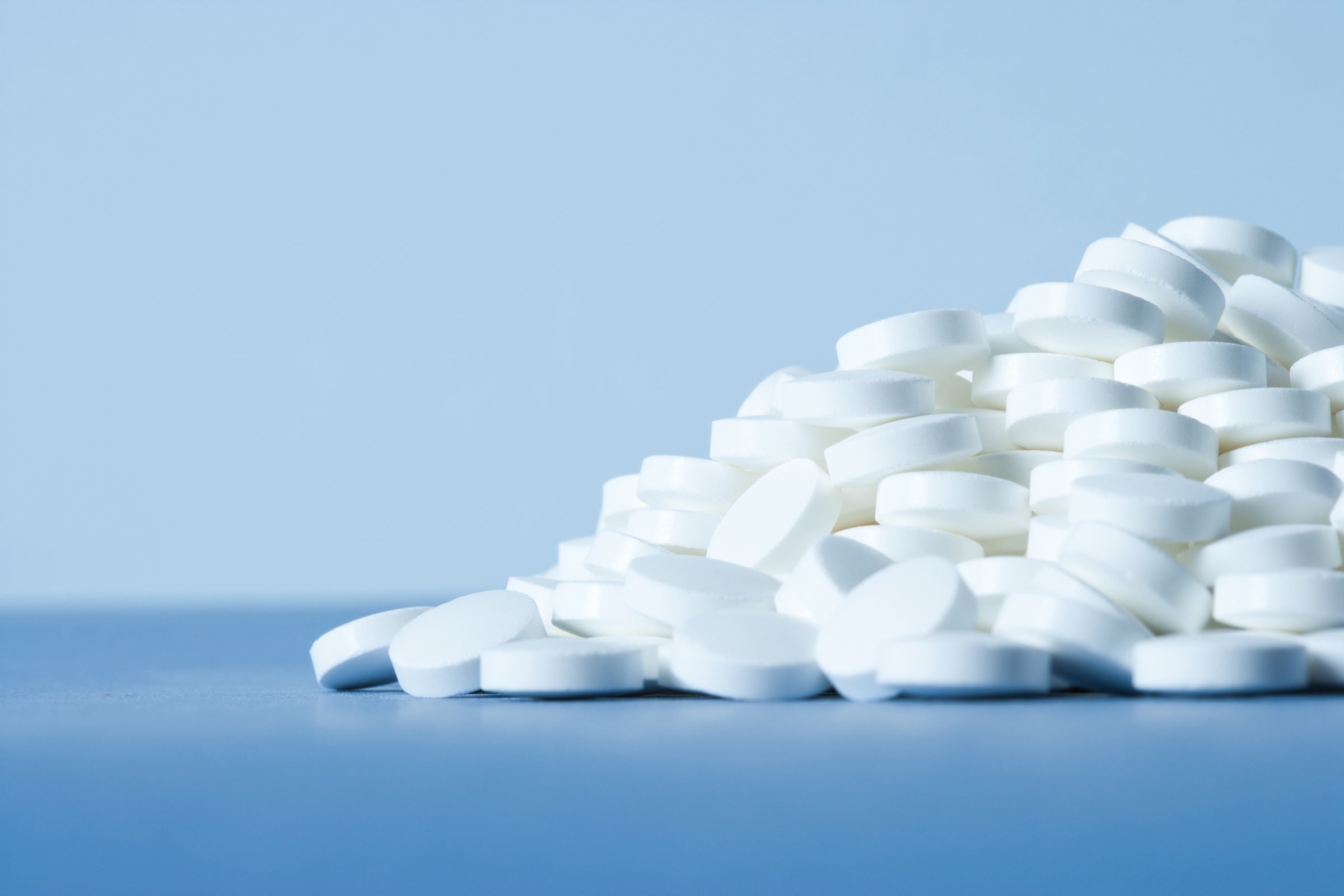
In a market glutted with over-the-counter sleep aids, melatonin is one of the most popular. A naturally occurring hormone, it governs the sleep-wake cycle and is sold as a dietary supplement to help battle insomnia, jet lag and other conditions. Melatonin sales are rising fast in the U.S., from $285 million in 2016 to $820 million in 2020, according to the market research group Statista.
But melatonin’s ubiquity poses dangers for kids, finds a new study published by the U.S. Centers for Disease Control and Prevention’s Morbidity and Mortality Weekly Report (MMWR). Accidental poisonings with melatonin among people 19 and under increased a staggering 530% from January 2012 to December 2021, with the biggest leaps occurring in 2020 and 2021, during the COVID-19 pandemic.
The research, led by Dr. Karima Lelak, a pediatrician at the Children’s Hospital of Michigan, relied on reports made over the past decade to the American Association of Poison Control Centers’ National Poison Data System. During that period, the investigators found, 260,435 cases of pediatric melatonin poisoning were reported; in 2012, there were 8,337 such incidents, representing 0.6% of all reports. By 2021 the number had leapt to 52,563, representing 4.9% of the total—making melatonin the most frequently ingested substance reported to the system.
Nearly 84% of all of those incidents occurred in children 5 or under, and more than 94% of the total cases were considered accidental, with children finding and consuming the medication on their own. That kind of accidental poisoning is especially likely with melatonin since, while the product is sold in tablet, capsule and liquid form, it is also sold as sweet-flavored gummies—making it especially appealing to kids.
More from TIME
The American Academy of Pediatrics does not rule out giving children small doses of melatonin to help them sleep, but encourages parents to discuss the matter with their pediatricians first. Melatonin overdosing is another matter, however, leading to nausea, headaches, diarrhea, irritability, and joint pain. In severe cases, it can affect the cardiovascular and central nervous systems. Nearly 4,100 of the reported cases required hospitalization, and nearly 300 of those hospitalizations were in intensive care. In five of the cases, children had to be placed on respirators; in two cases, the children died.
The pandemic has been an obvious driver of the problem. For one thing, children have spent more time at home—especially during 2020—creating greater opportunity for them to stumble upon and ingest melatonin. Adults also reported more sleep disturbances during lockdown, increasing sales of melatonin. “This pandemic-related increase in accessibility and availability might have contributed to increased exposures in children,” the researchers write.
The majority of the hospitalized patients were teenagers who had ingested the melatonin intentionally. Whether they overdosed accidentally or were attempting to self-poison—a disturbing trend that’s also on the rise—was not explored in the MMWR study.
Supplements including melatonin are largely unregulated, and a lack of quality control and dose regulation in the products is making the problem of melatonin poisoning worse. The MMWR researchers cite another study in which the quantity of melatonin contained in each dose deviated by as much as 10% from what was claimed on the label in nearly three-quarters of the bottles or packages studied. In one case, melatonin levels varied by as much as 465% between different lots of the same product. “The most variation,” the researchers write, “was found in the chewable formulation, which is most likely to be used by children.”
The researchers of the new study argue that melatonin should be sold with child-resistant packaging and that doctors should take greater care in warning patients about possible side effects before recommending the supplement. “Public health initiatives should focus on raising awareness of increasing melatonin ingestions among children,” the researchers write, “and on preventive measures to eliminate this risk.”
More Must-Reads from TIME
- L.A. Fires Show Reality of 1.5°C of Warming
- Home Losses From L.A. Fires Hasten ‘An Uninsurable Future’
- The Women Refusing to Participate in Trump’s Economy
- Bad Bunny On Heartbreak and New Album
- How to Dress Warmly for Cold Weather
- We’re Lucky to Have Been Alive in the Age of David Lynch
- The Motivational Trick That Makes You Exercise Harder
- Column: No One Won The War in Gaza
Write to Jeffrey Kluger at jeffrey.kluger@time.com